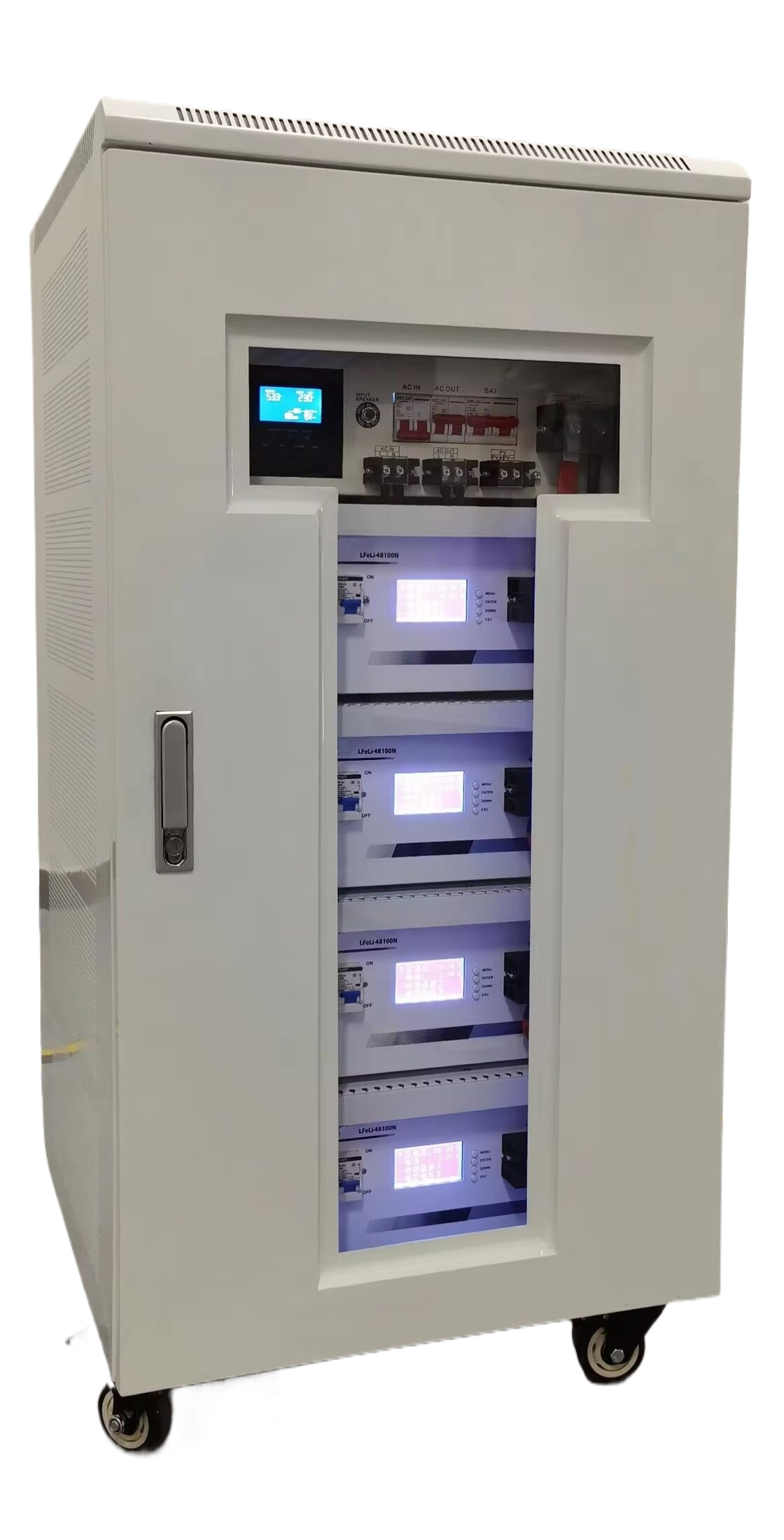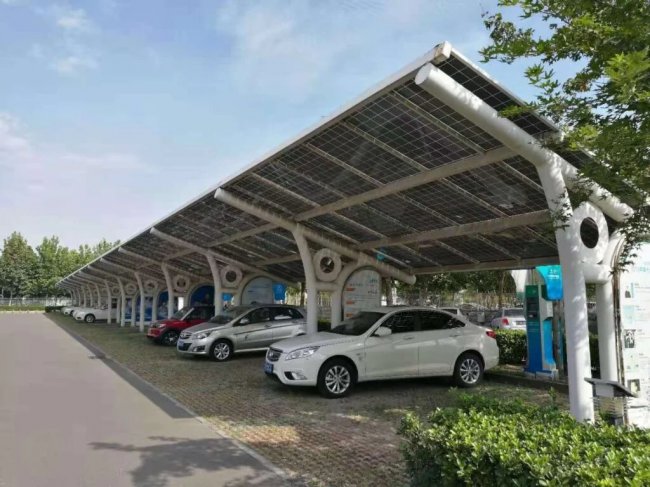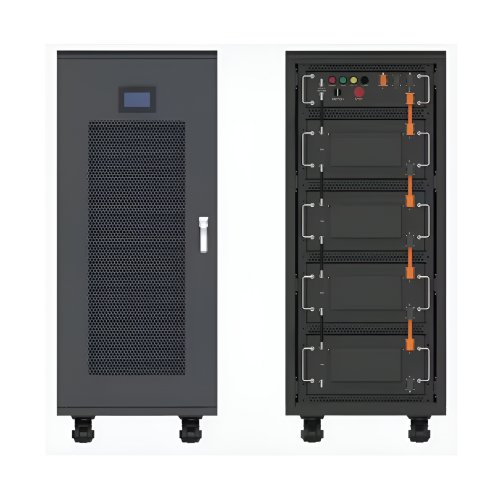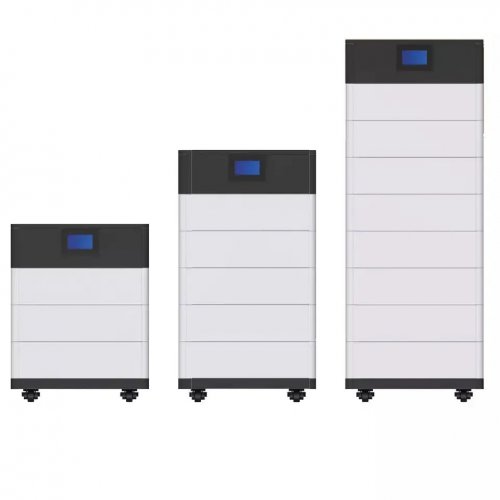How To Use Temperature Range: A Practical Guide For Optimal Performance And Safety
Understanding and correctly utilizing the concept of a "temperature range" is fundamental across countless applications, from scientific research and industrial processes to culinary arts and home appliance management. A temperature range defines the spectrum of temperatures within which a system, material, or process operates effectively, safely, and as intended. Misapplying this range can lead to equipment failure, product spoilage, inaccurate data, or even hazardous situations. This guide provides a comprehensive framework for identifying, applying, and monitoring temperature ranges to ensure precision and reliability in your work.
Step-by-Step Usage Guide
1. Identify the Required Range: The first and most critical step is to determine the exact temperature range specified for your specific task. This information is not arbitrary and must be sourced from authoritative references.For Equipment: Consult the official user manual, datasheet, or manufacturer's specifications. Look for terms like "operating temperature," "storage temperature," or "ambient temperature requirements."For Materials/Cheicals: Review the Material Safety Data Sheet (MSDS) or technical data sheet. This document will clearly state safe storage and handling temperatures to prevent degradation, freezing, or combustion.For Biologicals: Refer to scientific protocols for cell cultures, enzymes, or reagents. For food, consult food safety guidelines (e.g., the "danger zone" between 40°F (4°C) and 140°F (60°C) where bacteria multiply rapidly).
2. Select the Appropriate Tool: Choose a measurement and control device capable of accurately monitoring and maintaining the identified range.Measurement: Use a calibrated thermometer, thermocouple, or thermal probe with a suitable accuracy and resolution for your needs. Ensure its range exceeds your required operating window.Control: Utilize an incubator, oven, refrigerator, environmental chamber, or a simple thermostat that can reliably maintain the setpoint within your desired range. Verify that the controller's stability (e.g., ±0.5°C) is acceptable for your application.
3. Calibration and Verification: Before beginning, ensure your measurement tools are accurate. A reading is only useful if it's correct.Calibrate probes and sensors against a known standard (e.g., an NIST-certified reference thermometer) periodically, especially before critical experiments or processes.Verify the internal temperature of an oven or chamber with a independent, calibrated thermometer. The set temperature and the actual temperature can often differ.
4. Implementation and Monitoring: Place your system, sample, or product within the controlled environment.Allow sufficient time for the temperature to stabilize. Do not assume the setpoint has been reached instantly.Continuously monitor the temperature. Do not rely on a single initial reading. Use data loggers for long-term experiments to track stability and identify any fluctuations or deviations over time.
5. Documentation: Record the temperature range used, monitoring intervals, and any observed deviations. This is crucial for quality control, troubleshooting, and replicating results.
Pro Tips and Best PracticesUnderstand the Implications of Limits: Know the consequences of exceeding the range. Does it cause a gradual loss of efficacy, or is it a sharp, catastrophic failure point? For example, exceeding a battery's upper range can be a fire risk, while freezing a liquid product may simply alter its consistency.Factor in Gradient and Stability: Be aware that temperature is rarely uniform. There can be gradients within an oven or a room. Identify the hottest and coldest spots (e.g., using a multi-point probe) and place your item accordingly. Understand the difference between the setpoint and the actual stability of the device.Consider External Factors: Ambient room temperature, humidity, airflow (drafts), and heat generated by the equipment itself can all impact your ability to maintain a stable range. Account for these in your setup.Build in a Safety Margin: For critical applications, if your required range is 20°C to 25°C, aim to control the environment to 21°C to 24°C. This buffer protects against minor fluctuations and prevents you from operating dangerously close to the functional limits.Use Alarms: For essential systems, use controllers with high and low-temperature alarms. These provide immediate notification of a deviation, allowing for corrective action before significant damage occurs.
Important Considerations and WarningsSafety First: Always prioritize safety. High temperatures can cause burns, and extremely low temperatures can cause cryogenic burns. Certain materials may become unstable or release toxic fumes when taken outside their safe range. Wear appropriate Personal Protective Equipment (PPE).Accuracy vs. Precision: Know what you need. High accuracy means the reading is close to the true value. High precision means you get the same reading consistently. For some tasks, precision (repeatability) is more important than absolute accuracy, though both are often required.Hysteresis: Understand that some systems, particularly those controlled by simple thermostats, exhibit hysteresis. This means the temperature at which the heater turns on may be different from the temperature at which it turns off, creating a natural oscillation within a band. Ensure this band is within your acceptable range.Material Stress: Repeatedly cycling a material or component through a wide temperature range can induce thermal stress, leading to fatigue and premature failure. If cycling is necessary, ensure the rate of temperature change (ramp rate) is within specified limits.
By meticulously following these steps and integrating these tips into your practice, you transform the abstract concept of a temperature range into a precise and powerful tool. This disciplined approach ensures the integrity of your work, maximizes the lifespan of your equipment, and, most importantly, maintains a safe operating environment.
Customized/OEM/ODM Service
HomSolar Supports Lifepo4 battery pack customization/OEM/ODM service, welcome to contact us and tell us your needs.


HomSolar: Your One-stop LiFePO4 Battery Pack & ESS Solution Manufacturer
Our line of LiFePO4 (LFP) batteries offer a solution to demanding applications that require a lighter weight, longer life, and higher capacity battery. Features include advanced battery management systems (BMS), Bluetooth® communication and active intelligent monitoring.

Customised Lithium Iron Phosphate Battery Casing
ABS plastic housing, aluminium housing, stainless steel housing and iron housing are available, and can also be designed and customised according to your needs.

HomSolar Smart BMS
Intelligent Battery Management System for HomSolar Energy Storage System. Bluetooth, temperature sensor, LCD display, CAN interface, UART interface also available.


Terminals & Plugs Can Be Customized
A wide range of terminals and plugs can be customised to suit the application needs of your battery products.

Well-designed Solutions for Energy Storage Systems
We will design the perfect energy storage system solution according to your needs, so that you can easily solve the specific industry applications of battery products.



About Our Battery Cells
Our energy storage system products use brand new grade A LiFePO4 cells with a battery lifespan of more than 4,000 charge/discharge cycles.



Applications in Different Industries
We supply customized & OEM battery pack, assemble cells with wiring, fuse and plastic cover, all the cell wires connected to PCB plug or built BMS.
Applications: E-bike, Electric Scooter, Golf Carts, RV, Electric Wheelchair, Electric Tools, Robot Cleaner, Robot Sweeper, Solar Energy Storage System, Emergency Light, Solar Power Light, Medical Equipment, UPS Backup Power Supply.
We can provide you with customized services. We have the ability to provide a vertical supply chain, from single cells to pack/module and to a complete power solution with BMS, etc.


HomSolar (Shenzhen) Technology Co., Ltd
























